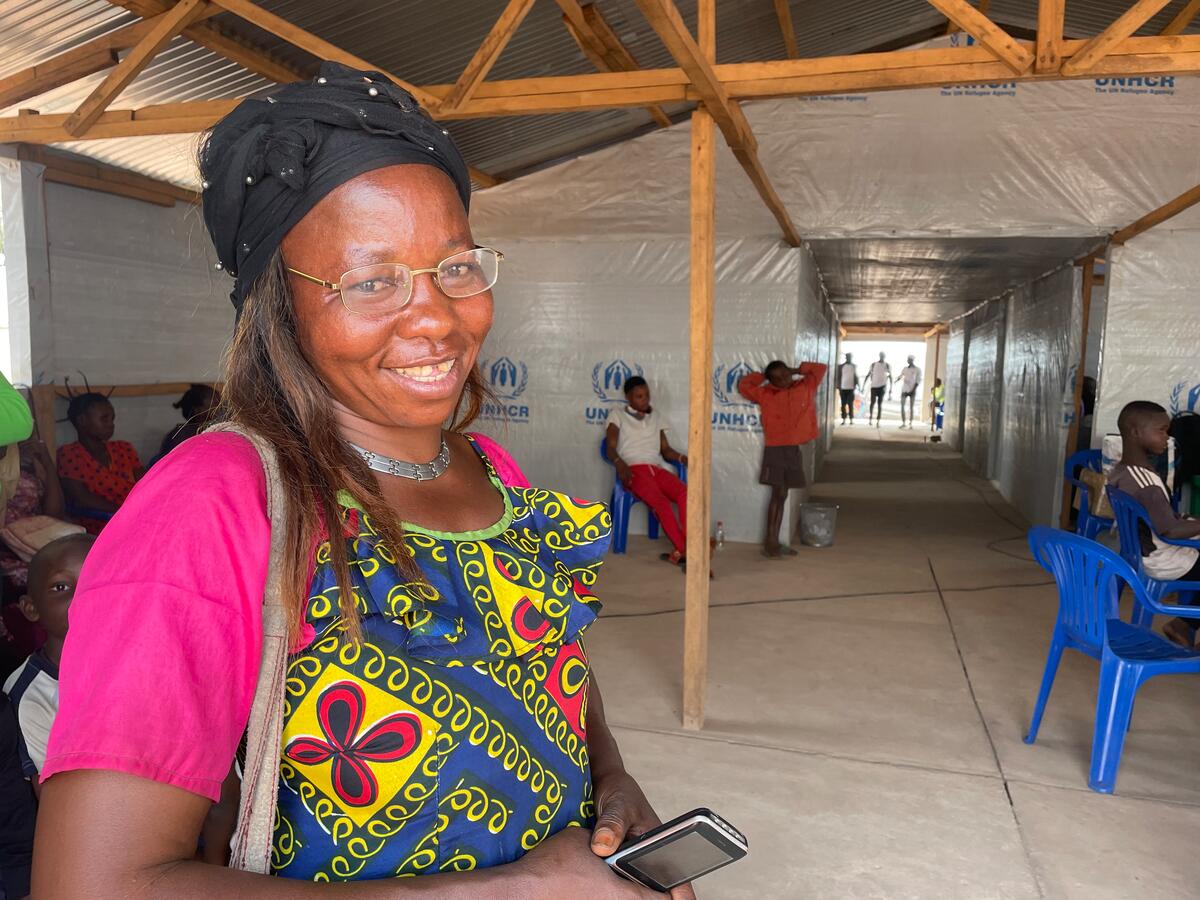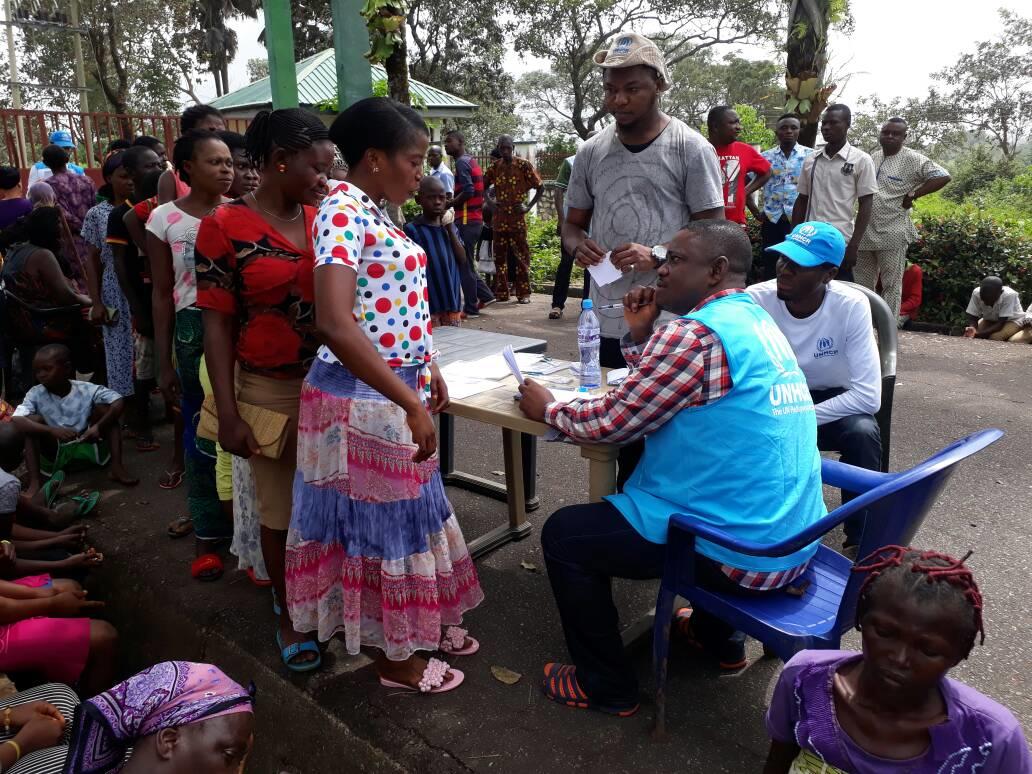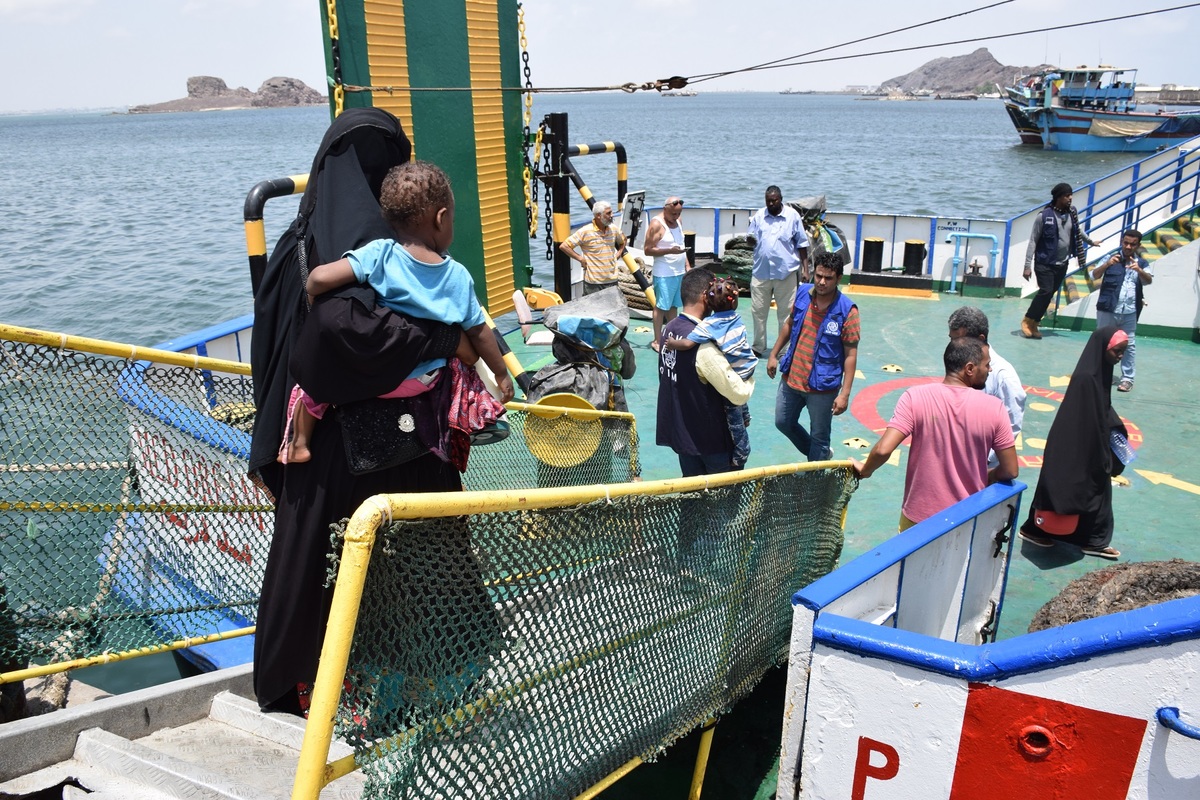Pace of Angolan returns from Zambia slower than expected, says UNHCR
Pace of Angolan returns from Zambia slower than expected, says UNHCR

LUSAKA, Zambia, Sept 17 (UNHCR) - Logistical problems have slowed down the pace of refugee returns from Zambia to Angola, with only a fifth of the expected number repatriating so far this year, the UN refugee agency conceded on Friday.
"The pace of returns in our voluntary repatriation programme to assist Angolan refugees from Zambia back home is proving slower than originally hoped because of continued problems of poor access by road, both from Zambia to Angola, and within the country," UNHCR spokesman Ron Redmond told reporters at a news briefing in Geneva on Friday.
UNHCR started its second repatriation season to Angola in mid-June. It had planned to assist 40,000 Angolan refugees home from Zambia before the rainy season starts in November, but only 8,354 have returned so far this year. Zambia hosted a total of 71,420 Angolan refugees in camps and settlements at the start of repatriation season this year.
Most of the returnees have gone home on UNHCR convoys through two land corridors - from Meheba in Zambia to Cazombo in Angola, and from Meheba to Luau and Luena in Angola. However, noted Redmond, "Angolan roads are in bad condition, bridges are broken and there are problems with landmines."
Airlifts are used where areas of return are not accessible by road. There are currently two air routes - from Zambia's Mongu to eastern Angola's Lumbala N'Guimbo town, and from Mongu to Huambo in the central highlands of Angola.
"Currently only one plane is operating the airlift and UNHCR is working with the International Organization for Migration to charter a second aircraft," said Redmond. He added that IOM said it could fly up to 20,500 refugees home but warned that the airlift may grind to a halt once heavy rains affect runway conditions in Lumbala N'Guimbo.
UNHCR and the governments of Zambia and Angola are discussing these issues at a tripartite meeting now underway in Lusaka.
Voluntary repatriation to Angola is also ongoing from Namibia and the Democratic Republic of the Congo (DRC), with 2,161 returning on UNHCR convoys from Namibia and 9,906 from the DRC so far this year.
To boost returns from these two major asylum countries, UNHCR plans to start an airlift from Namibia to Huambo next week, and to open another land corridor from the DRC to Uíge province in northern Angola soon.
In all, more than 100,000 Angolan refugees have been assisted home by UNHCR since the voluntary repatriation programme started in June last year.
Another estimated 150,000 have returned to Angola on their own since the peace accords of April 2002 ended three decades of civil war.
This leaves an estimated 200,000 Angolan refugees still in the DRC, Zambia, Namibia and the Republic of Congo, plus another 14,000 in South Africa and Botswana.







